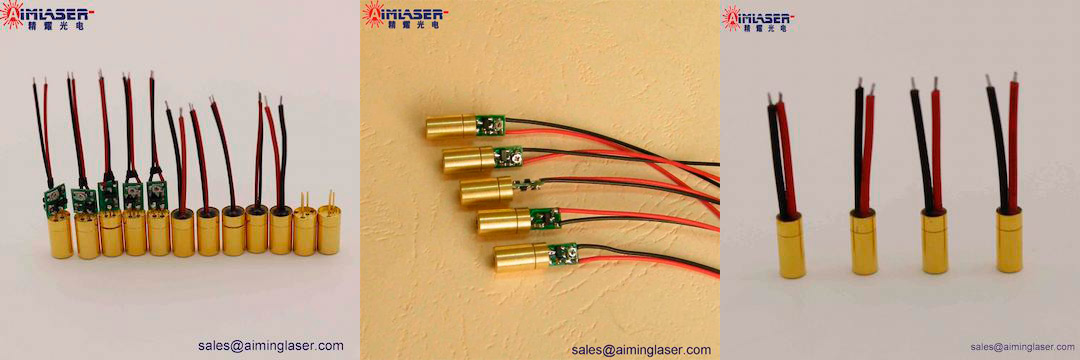Laser is a kind of device which can emit laser and is one of the essential core components in modern laser processing system. With the development of laser processing technology, many new lasers are coming out. Because the laser has high brightness, good monochrome, good direction and coherence and other outstanding characteristics, so it is used in industry, agriculture, precision measurement and detection, communication and information processing, medical, military and other aspects, and caused a revolutionary breakthrough in many fields. Laser in the military in addition to communications, night vision, early warning, ranging and other aspects, a variety of laser weapons and laser guidance weapons have also been put into practice.
The classification of lasers can be distinguished from the following aspects.
According to the state of working matter: according to the state of working matter, the laser can be divided into gas laser, solid laser (crystal and glass), liquid laser, semiconductor laser, and free electron laser. The typical gas is CO2 gas laser, and the typical solid is ruby laser, semiconductor laser, fiber laser and YAG laser. A liquid laser uses some liquid (usually an organic solvent, such as a dye) as a practical way to produce a laser, and emits a laser. Semiconductor lasers generate stimulated emission of light through certain excitation modes. The free electron laser, a special type of new laser, works with a high-speed directed free electron beam moving in a spatially periodic magnetic field. It has a very attractive prospect to generate coherent electromagnetic radiation by changing the velocity of the high-speed directed free electron beam in a magnetic field.

According to the working mode: can be divided into continuous laser and pulse laser. The continuous laser can output continuously for a long period of time with stable operation and high thermal effect. Pulse laser output in the form of pulse, the main characteristics are high peak power, small thermal effect; According to the length of the pulse time, the pulse laser can be further divided into milliseconds, microseconds, nanoseconds, picoseconds and femtoseconds. Generally speaking, the shorter the pulse time, the higher the single pulse energy, the narrower the pulse width and the higher the processing accuracy. Pulsed lasers consist of single pulsed lasers (which may not require special cooling) and repetitive pulsed lasers (which require effective cooling of the device).
According to the excitation mode: according to the different excitation mode, the laser can be divided into optical pump laser (solid laser and liquid laser, and a few gas laser and semiconductor laser), electric excited laser (gas laser), chemical laser and nuclear pump laser.
According to the output wavelength: can be divided into infrared laser (760nm-1500nm), visible laser (400nm-700nm), ultraviolet laser (280nm-450nm) and so on. Different structures can absorb different wavelengths of light. For example, metals have a higher absorption rate of near-infrared light, and nonmetals have a better absorption of the wavelength of CO2 laser (10.6um).
According to the output power: usually, it can be divided into low power (1000W below), middle power (1000-3000W), high power (3000W above); However, different manufacturers define different power segments, and there is no uniform specification within the industry. Different power lasers adapt to different application scenarios.